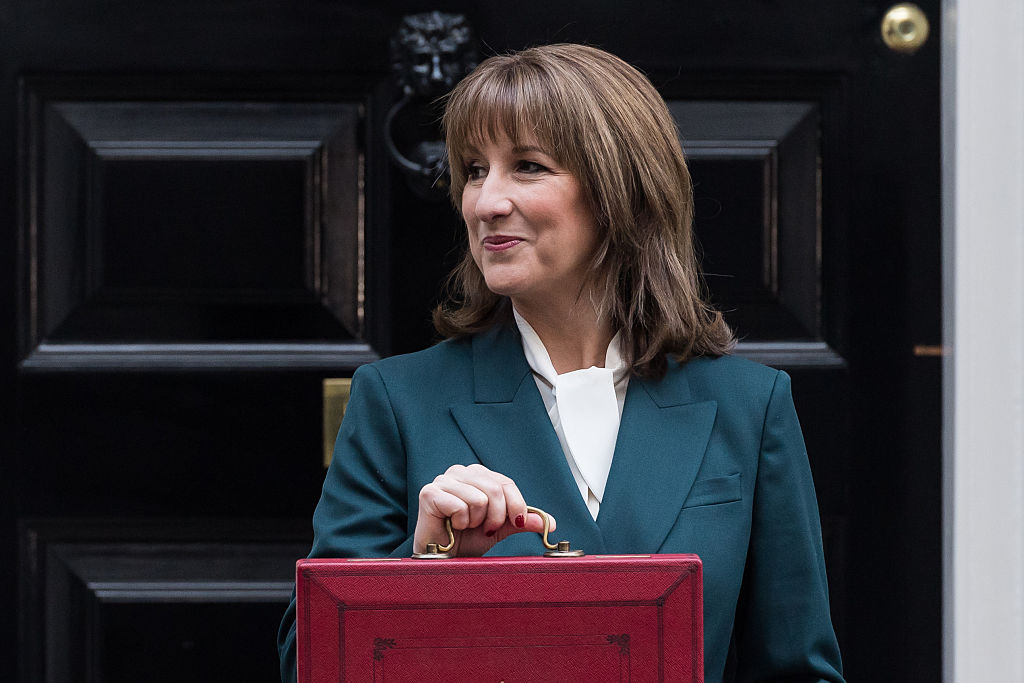Is now a good time to invest in Barclays?
Barclays' profit growth is healthy, and the stock is cheap compared with its rivals


The British banking sector is in rude health. Perhaps the most symbolic moment this year, in the late spring, was the return of NatWest to full private-sector ownership. The government, which at one stage owned 84% of the troubled lender, sold a final tranche of shares. However, while NatWest’s shares have continued to do well, it isn’t the most interesting UK bank on the stock market at present. I think you should consider a punt on its rival, Barclays (LSE: BARC), instead.
Despite being one of the few UK banks that wasn’t directly bailed out by the government in 2008, Barclays has faced criticism for the poor performance of its investment-banking division. In recent years there has even been pressure from activist investors to sell, spin out, or otherwise separate the investment-banking side from the retail-banking business. Nevertheless, CEO C.S. Venkatakrishnan (Venkat) has stuck with a hybrid strategy of keeping the investment bank while trying to build up the retail-banking and wealth-management arms.
Soaring profits for Barclays
So far, this strategy appears to be working well, with Barclays’ revenues and profits continuing to increase. Its stated profits are now 125% higher than they were in 2019, and even after adjustments they are still up by two-thirds. Dividends have more than doubled. True, there are some clouds on the horizon, in terms of ongoing litigation over the departure of disgraced boss Jes Staley, exposure to private-credit loan portfolios and possible banking taxes in the upcoming Budget. However, experts believe that the first is a relatively minor problem, while Barclays is well-placed compared with its rivals.
MoneyWeek
Subscribe to MoneyWeek today and get your first six magazine issues absolutely FREE

Sign up to Money Morning
Don't miss the latest investment and personal finances news, market analysis, plus money-saving tips with our free twice-daily newsletter
Don't miss the latest investment and personal finances news, market analysis, plus money-saving tips with our free twice-daily newsletter
One big reason to be bullish on Barclays is its valuation. The stock trades at less than eight times estimated 2026 earnings; at a discount of more than a quarter to the value of its net assets; and at a smaller discount to its tangible book value. This makes it cheap, both in absolute terms and relative to its rivals, with NatWest trading at a 2026 price/earnings (p/e) ratio of 8.5, while Lloyds and HSBC both sell for 2026 p/es of 9.5. All three of these banks are priced at significant premia to net assets. The major US investment banks are valued even more highly.
Barclays’ improving fortunes have certainly caught the imagination of investors: the share price has been on a roll. It has risen by nearly a third over the last six months, making it one of the best performers in the FTSE 100 during this period. It has continued to beat the blue-chip index over the past month and three months, and is also trading above both its 50 and 200-day moving averages. As a result, I would suggest going long at the current price of 405p at £9 per 1p per share. In that case, I would put the stop-loss at 300p, which gives you a total downside of £945.
This article was first published in MoneyWeek's magazine. Enjoy exclusive early access to news, opinion and analysis from our team of financial experts with a MoneyWeek subscription.
Get the latest financial news, insights and expert analysis from our award-winning MoneyWeek team, to help you understand what really matters when it comes to your finances.

-
 London claims victory in the Brexit wars
London claims victory in the Brexit warsOpinion JPMorgan Chase's decision to build a new headquarters in London is a huge vote of confidence and a sign that the City will remain Europe's key financial hub
-
 Rachel Reeves's Autumn Budget: What it means for the UK
Rachel Reeves's Autumn Budget: What it means for the UKOpinion A directionless and floundering government has ducked the hard choices at the Autumn Budget, says Simon Wilson
-
 London claims victory in the Brexit wars
London claims victory in the Brexit warsOpinion JPMorgan Chase's decision to build a new headquarters in London is a huge vote of confidence and a sign that the City will remain Europe's key financial hub
-
 The consequences of the Autumn Budget – and what it means for the UK economy
The consequences of the Autumn Budget – and what it means for the UK economyOpinion A directionless and floundering government has ducked the hard choices at the Autumn Budget, says Simon Wilson
-
 Reinventing the high street – how to invest in the retailers driving the change
Reinventing the high street – how to invest in the retailers driving the changeThe high street brands that can make shopping and leisure an enjoyable experience will thrive, says Maryam Cockar
-
 8 of the best houses for sale with electric vehicle charging
8 of the best houses for sale with electric vehicle chargingThe best houses for sale with electric vehicle charging – from a converted World War II control tower in Scotland, to a Victorian country house in Cumbria
-
 Big Short investor Michael Burry closes hedge fund Scion Capital
Big Short investor Michael Burry closes hedge fund Scion CapitalProfile Michael Burry rightly bet against the US mortgage market before the 2008 crisis. Now he is worried about the AI boom
-
 The global defence boom has moved beyond Europe – here’s how to profit
The global defence boom has moved beyond Europe – here’s how to profitOpinion Tom Bailey, head of research for the Future of Defence Indo-Pac ex-China UCITS ETF, picks three defence stocks where he'd put his money
-
 Profit from a return to the office with Workspace
Profit from a return to the office with WorkspaceWorkspace is an unloved play on the real estate investment trust sector as demand for flexible office space rises
-
 New frontiers: the future of cybersecurity and how to invest
New frontiers: the future of cybersecurity and how to investMatthew Partridge reviews the key trends in the cybersecurity sector and how to profit